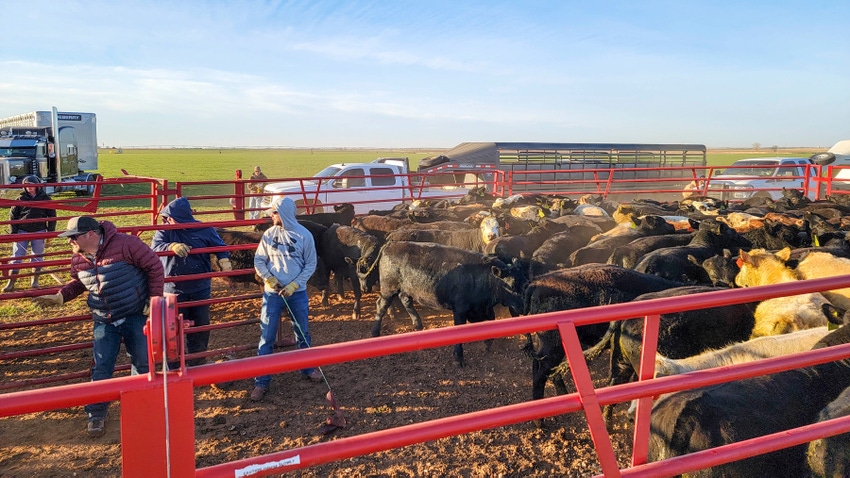Bagley Risk Management : Securing Your Business Future
Bagley Risk Management : Securing Your Business Future
Blog Article
Comprehending Animals Threat Protection (LRP) Insurance Coverage: A Comprehensive Overview
Browsing the realm of animals threat protection (LRP) insurance policy can be a complex venture for lots of in the agricultural industry. From how LRP insurance works to the different protection alternatives available, there is much to reveal in this detailed overview that might potentially shape the way animals manufacturers approach danger monitoring in their organizations.

How LRP Insurance Coverage Works
Sometimes, recognizing the technicians of Animals Danger Defense (LRP) insurance can be complicated, yet damaging down just how it functions can supply clearness for breeders and farmers. LRP insurance coverage is a risk administration tool developed to protect animals producers against unexpected cost decreases. The plan permits producers to establish a protection level based on their specific demands, selecting the variety of head, weight array, and insurance coverage price. As soon as the policy is in place, if market value drop below the protection price, producers can sue for the distinction. It's crucial to note that LRP insurance is not an income warranty; instead, it focuses solely on rate danger protection. The coverage period commonly ranges from 13 to 52 weeks, offering adaptability for manufacturers to choose a period that straightens with their manufacturing cycle. By using LRP insurance policy, farmers and ranchers can mitigate the monetary threats linked with varying market costs, making sure greater stability in their operations.
Qualification and Insurance Coverage Options

When it comes to protection alternatives, LRP insurance uses producers the flexibility to pick the insurance coverage degree, protection period, and endorsements that ideal suit their risk administration requirements. Coverage degrees commonly vary from 70% to 100% of the anticipated ending value of the insured animals. Manufacturers can also select insurance coverage durations that straighten with their production cycle, whether they are guaranteeing feeder livestock, fed livestock, swine, or lamb. Recommendations such as cost danger protection can even more customize protection to safeguard versus unfavorable market changes. By understanding the qualification standards and coverage alternatives offered, animals manufacturers can make enlightened decisions to manage danger effectively.
Pros and Disadvantages of LRP Insurance Policy
When reviewing Livestock Risk Defense (LRP) insurance, it is important for livestock manufacturers to consider the drawbacks and advantages fundamental in this risk monitoring device.

Among the key advantages of LRP insurance is its capacity to offer security versus a decrease in livestock rates. This can aid secure manufacturers from monetary losses arising from market fluctuations. Furthermore, LRP insurance policy provides a level of adaptability, permitting manufacturers to personalize coverage degrees and plan durations to fit their details requirements. By securing in an ensured rate for their livestock, manufacturers can better take care of threat and strategy for the future.
One limitation of LRP insurance coverage is that it does not secure against all kinds of dangers, such as disease break outs or natural disasters. It is essential for manufacturers to very carefully analyze their individual risk exposure and economic scenario to determine if LRP insurance is the best danger administration device for their procedure.
Comprehending LRP Insurance Premiums

Tips for Making The Most Of LRP Perks
Taking full advantage of the benefits of Livestock Risk Security (LRP) insurance coverage requires calculated planning and positive threat monitoring - Bagley Risk Management. To take advantage of your LRP coverage, consider the adhering to ideas:
Frequently Evaluate Market Problems: Stay educated regarding market fads and price variations in the livestock sector. By monitoring these aspects, you can make educated choices regarding when to purchase LRP protection to protect against prospective losses.
Establish Realistic Coverage Degrees: When picking insurance coverage degrees, consider your manufacturing prices, market worth of livestock, and prospective threats - Bagley Risk Management. Setting sensible coverage levels guarantees that you are adequately safeguarded without paying too much for unnecessary insurance coverage
Expand Your Protection: Rather than depending solely on LRP insurance, think about expanding your danger administration techniques. Integrating LRP with various other risk administration tools such as futures contracts or choices can give detailed insurance coverage against market uncertainties.
Review and Adjust Protection Regularly: As market conditions transform, periodically assess your LRP protection to guarantee it straightens find out with your existing danger direct exposure. Adjusting coverage degrees and timing of acquisitions can aid maximize your threat security technique. By adhering to these pointers, you can take full advantage of the advantages of LRP insurance policy and guard your livestock operation versus unanticipated threats.
Final Thought
In final thought, livestock threat protection (LRP) insurance is a valuable device for farmers to manage the economic threats associated with their livestock procedures. By recognizing exactly how LRP functions, qualification and coverage choices, along with the benefits and drawbacks of this insurance policy, farmers can make enlightened choices to safeguard their livelihoods. By meticulously thinking about LRP costs and applying techniques to take full advantage of advantages, farmers can alleviate potential losses and guarantee the sustainability of their operations.
Livestock producers interested in getting Livestock Risk Security (LRP) insurance can explore an array of eligibility criteria and protection choices tailored to their details livestock operations.When it comes to insurance coverage alternatives, LRP insurance coverage offers manufacturers the versatility to choose the coverage level, insurance coverage period, and recommendations that ideal match their risk monitoring needs.To investigate this site grasp the intricacies of Livestock Threat Defense (LRP) insurance totally, understanding the aspects influencing LRP insurance premiums is vital. LRP insurance premiums are identified by different components, including the insurance coverage degree chosen, the expected rate of livestock at the end of the protection duration, the type of livestock being guaranteed, and the size of the protection period.Review and Adjust Protection Frequently: As market conditions change, regularly examine your LRP insurance coverage to guarantee it straightens with your existing danger exposure.
Report this page